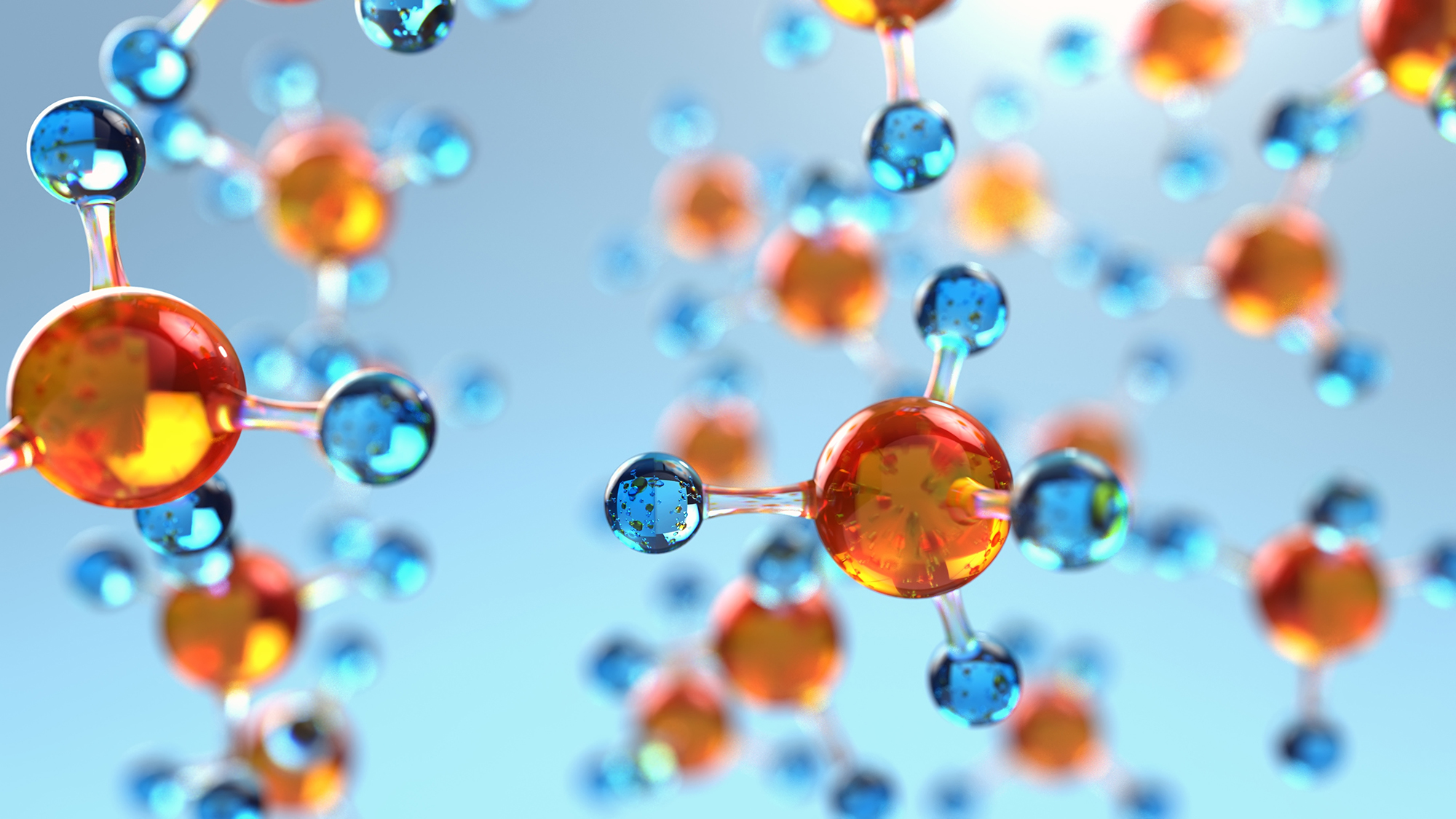Oil is used as insulating material in high-performance transformers. Over time, electrical and thermal stress can develop fault conditions in the transformer, resulting in the formation of so-called fault gases. These dissolve in the oil, so that oil analyses allow conclusions about the condition of the transformer. For example, up to seven different fault states of the transformer can be distinguished by the concentration ratios of the gases methane (CH4), acetylene (C2H2) and ethene (C2H4), using the Duval triangle (Figure 1).
m-u-t has exclusively developed sensors for a leading global manufacturer of Online Dissolved Gas Analyzers (DGA), for monitoring transformers in high and extra-high voltage networks. At the request of our customer, sensors for measuring up to ten different gases were developed and manufactured in series.


